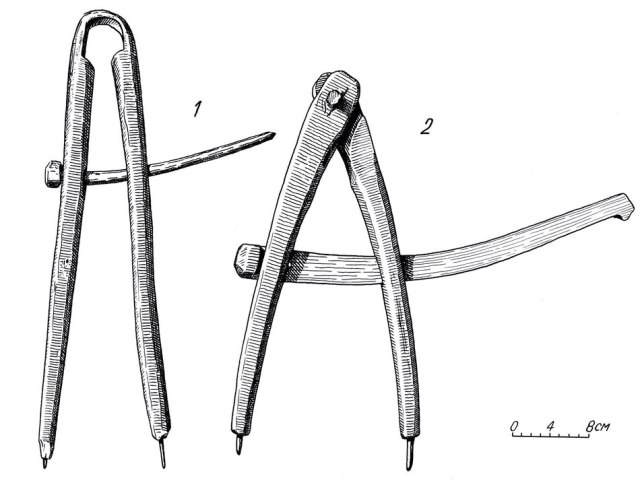
“Whatever tools you need, you have the eye as the calipers, and the nose as the square; in the old days all work was done by the eye.”
That is how old time measuring is popularly described. This method of doing everything by the eye was quite common in the villages until the end of the 19th century, the hand often aiding as a measuring instrument. To this day some of the Avinurme container makers measure the size of various containers by the hand span, the middle finger and the width of the palm. Thus, for instance, the average-sized wash tub has a base and sides of two spans (12″ or 30 cm), a cabbage dish – three spans, an average-sized vat – two spans and a middle finger (22″ or 59 cm), etc.
Until inches were introduced, the accepted unit was the “pöid,” which was actually the equivalent to an inch but had no subdivisions. A measuring rod was made by “cutting the pöids on a straight rod.” The measuring rods were used by craftsmen and it was the general practice to prepare rods of fixed sizes. Thus, for instance, sleigh builders would have a rod the length of the sleigh width, of the spoke of the wheel, etc. It was not till the end of the 19th century that the ruler divided into inches was introduced and it could then be bought in the shops.
— Ants Viires, from the forthcoming official third edition of “Woodworking in Estonia” from Lost Art Press